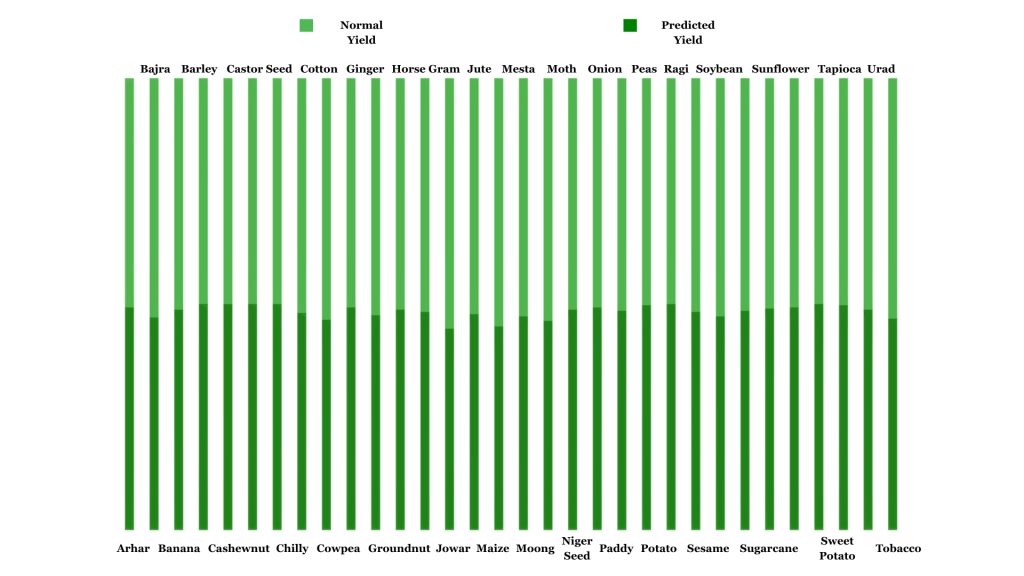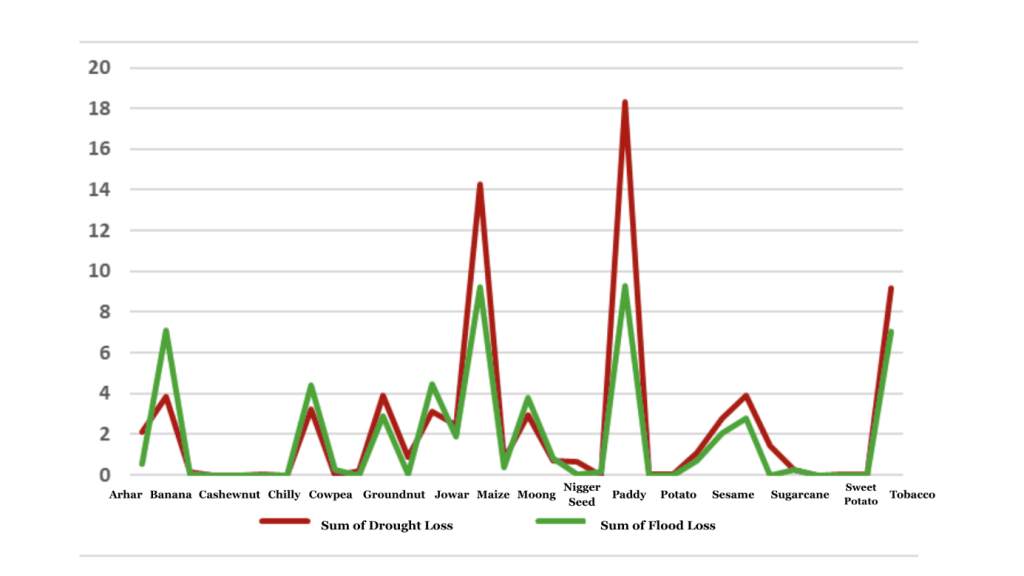Early Monsoon in India 2025: Boon or Challenge for Farmers?

By Ritabrata Mitra, Sales Head, RMSI Cropalytics
India, the land of festivals, has a habit of associating every major phenomenon with the same. Linked with festivals like Onam, Teej, and Aadi Perukku, is the joyous occasion of the monsoon. A country that celebrates and worships the monsoon clearly depends on it. The $4.19 trillion Indian economy awaits the monsoon every season, with nearly half of its farmlands lacking an irrigation cover, requiring rainfall to meet the need for production of approximately 3,296.87 lakh tonnes every year. Needless to say, monsoons form an essential part of the Indian landscape.
This year, the country witnessed a phenomenon not seen since 2009. The India Meteorological Department (IMD) declared that India was set for above-normal early monsoons this season, predicting that rainfall from June through September will likely reach 105 % of the long-period average (LPA), which is the fifty-year average of 870 mm. This raises speculation about whether this Kharif season will be a harbinger of prosperity for the farmers, or actually a source of trouble.
The General Notion
Early monsoons are usually considered a good omen. Kharif predictions made earlier this year highlighted that sowing in India has picked up pace this season, with the total area sown reaching 89.29 lakh hectares as of June 13, 2025. This marks an increase of 1.48 lakh hectares compared to the same period last year, indicating a positive start to the agricultural season. The increase is largely driven by higher acreage in rice, pulses, and oilseeds, according to the latest data released by the Ministry of Agriculture. This growth demands more irrigation and higher rainfall.
Early rains promise a longer crop season, adequate soil moisture, and well-recharged reservoirs, all contributing favorably to make this Kharif season a success. However, some sources predict that early monsoons could be a potential threat to food inflation, thereby adversely affecting the reduction in the policy repo rate. Damage to crops in key agricultural regions like Maharashtra, which is India’s onion belt, has already raised alarm bells. The state has now reported crop damage across a total of 34,842 hectares, up from 31,889 hectares earlier, due to relentless rain. As per TOI, experts warn that the early rains have also jeopardized preparations for the kharif sowing season. Farmers typically need a dry window of 15-20 days to prepare land for planting. This year, pre-monsoon showers began in early May and haven’t let up, leaving the soil too wet for tractor operations. Moreover, IMD officials also warn that early monsoons do not always imply a longer rainfall period, as expected, but can also be attributed to dry spells. This raises the question of whether the early monsoon can actually be advantageous for the farmers.
State Focus: Karnataka
To further analyze the ground impact of this year’s monsoon, we take a closer look at the state of Karnataka. Looking at the monsoon, Karnataka set a target to cultivate 82.5 lakh hectares of land in the kharif season between June and September. In a normal monsoon year, farmers complete sowing food grains by May-end on 2.81 lakh hectares. However, by the third week of May itself, the farmers across Karnataka had completed sowing on over 2.86 lakh hectares of land. An analysis of the progress with respect to the overall target for the Kharif season shows that the State has already achieved 25% of its Kharif sowing target. Agriculture Department Director G. T. Putra is optimistic that food grain production for the present year may not only surpass the target, but also the previous year’s level. If the prediction comes true, Karnataka will register its second-highest food grains production. The early monsoons, thus, promise a success story for Karnataka.
The Other Side: Rainfall Deficit States
However, the early monsoon hasn’t proven as beneficial for the other states of the country. In Gujarat, a 56% rainfall deficit (64.6 mm actual vs. 147.0 mm normal) has delayed sowing of cotton and groundnut, crops heavily reliant on early monsoon rains. Telangana (44%) and West Bengal (18%) are witnessing similar setbacks, particularly for paddy. Moreover, Eastern and North-eastern states like Assam (34%) and Bihar (24%) also face potential stress in paddy nursery operations.
Managing Monsoons
Although the upcoming monsoon promises a fruitful Kharif season, one must also be prepared to face the problems it might bring with it. Farmers can undertake large-scale crop insurance with government schemes to safeguard against extreme weather variability. One such example includes the Pradhan Mantri Fasal Bima Yojana. Launched on 18th February 2016, PMFBY is a crop insurance scheme by the Department of Agriculture, Cooperation and Farmers’ Welfare, Ministry of Agriculture. It aims to provide financial protection to farmers against crop loss due to natural disasters (hail, drought, famine), pests, and diseases at a cost-effective premium. Moreover, the farmers should also prepare for dry spells effectively by opting for alternative irrigation sources. The government should also contribute to ensuring control of variability by actively tracking the course of the rainfall and releasing satellite estimates.
Moreover, using the RMSI Cropalytics Crop Outlook model, we can draw a comparison between normal yield and predicted yield to have a better picture of the situation, crops might face in 2025. It will help us make the necessary arrangements required to combat any adverse situation.
Studying both the parameters for 32 common crops of India across all states, we get the following result:

The total flood and drought loss for various crops was also analyzed to provide a better picture of the prospects of a natural rainfall disaster. It yielded the following result:

Conclusion
The time of monsoon arrival, thus, doesn’t guarantee triumph; preparedness matters more. What is needed is a well-managed adaptive system that can ensure monsoon is used to its full potential and consistency is maintained through the season.

You must be logged in to post a comment.